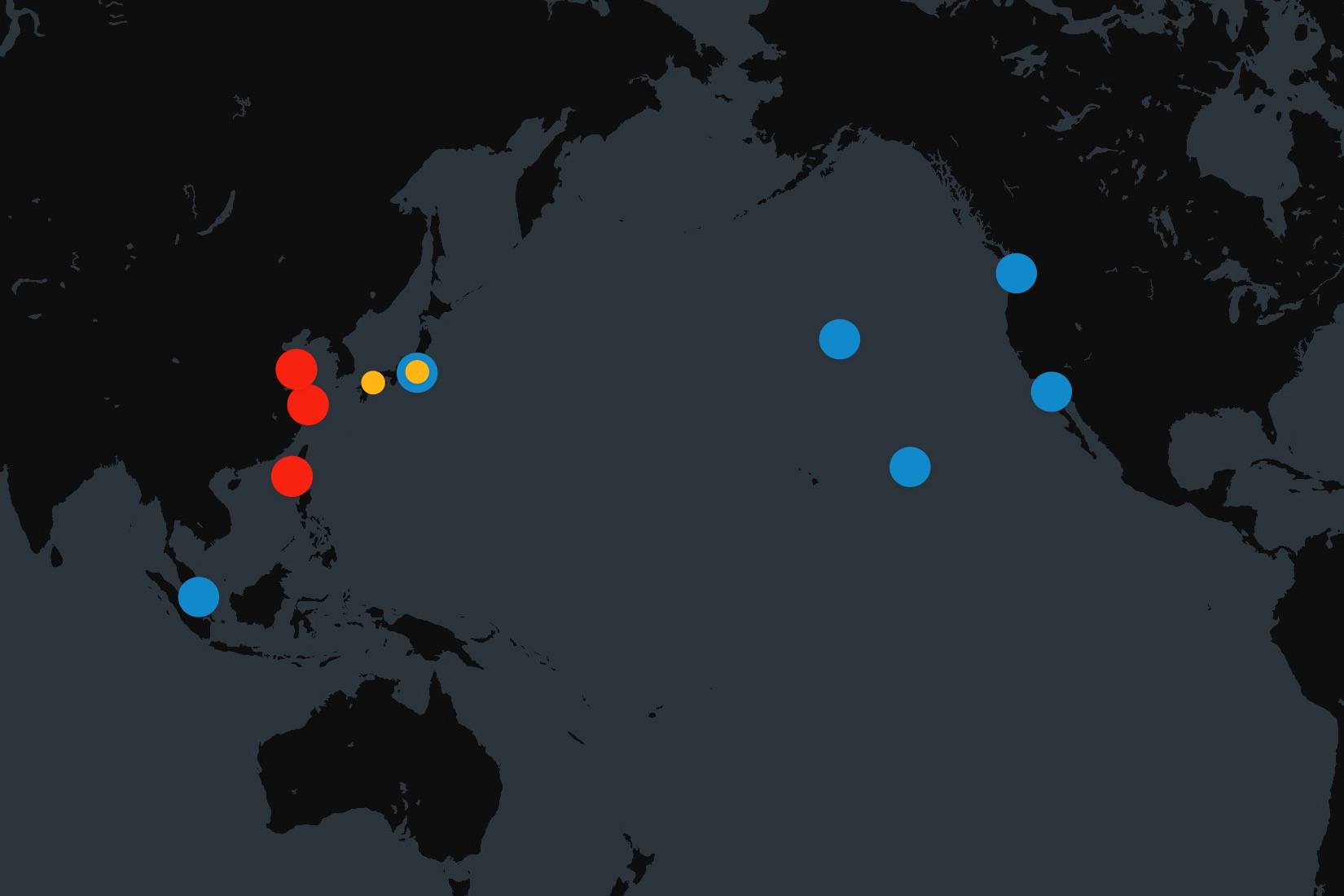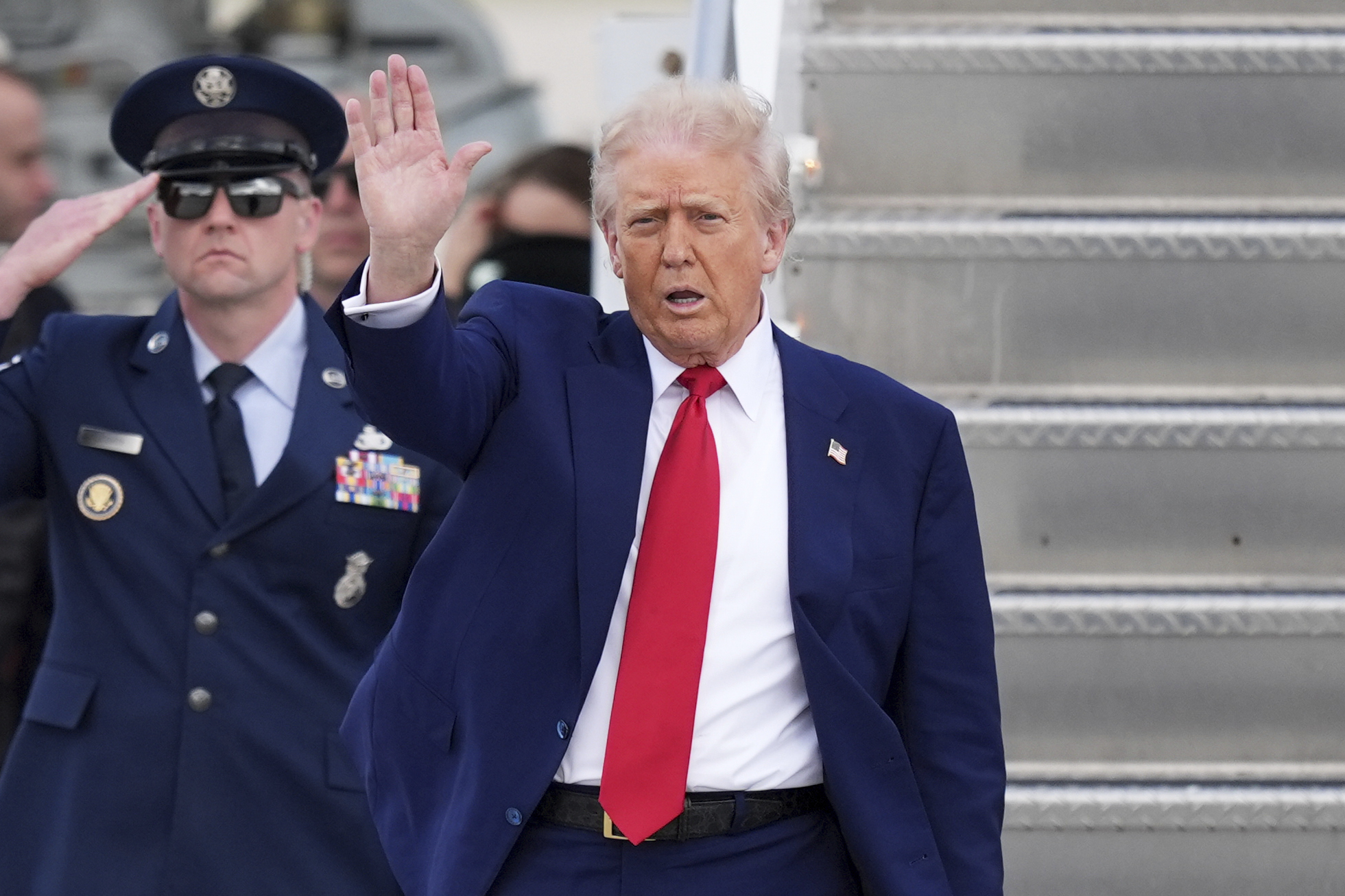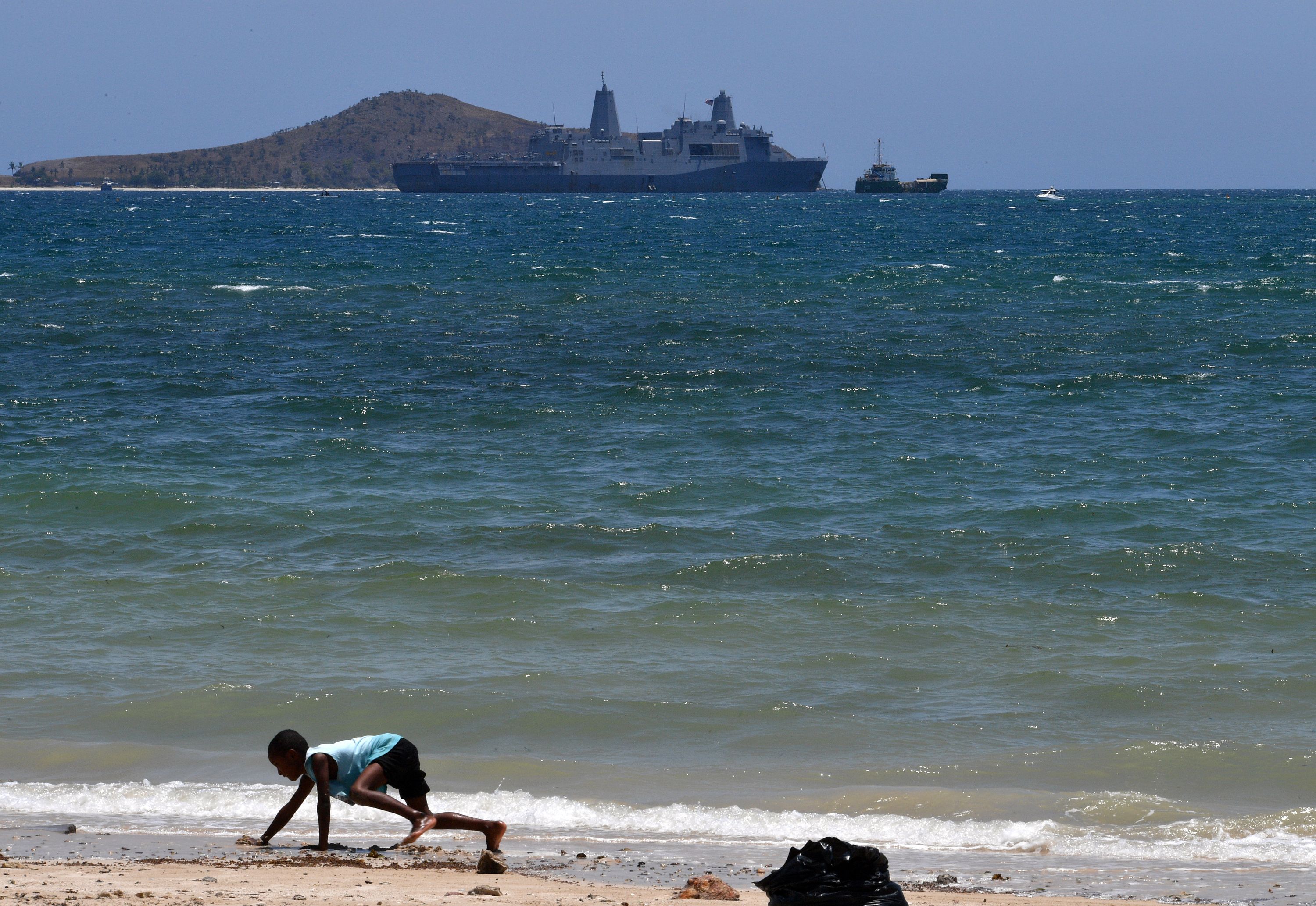The United States will soon upgrade its submarine force at a crucial military hub in the Western Pacific Ocean, Newsweek has learned, a decision that comes amid China's rapid naval buildup and its expanded operations at sea further from its shores.
The Virginia-class USS Minnesota, a nuclear-powered but conventionally armed cruise missile fast attack submarine, is scheduled to conduct a change of home port from Hawaii to Guam in the new fiscal year beginning on October 1, Lt. Cmdr. Rick Moore, a spokesperson for the U.S. Pacific Fleet commander's principal adviser on submarine affairs, said in response to an emailed inquiry.
Guam is part of the so-called second island chain, a series of islands stretching from Japan in the north to New Guinea in the south. Together with the first island chain connecting U.S.-allied Japan, Taiwan and the Philippines, they are layers of a Cold War defense concept that sought to constraint communist China's naval and air activity in wartime.
U.S. military leaders say China is in the middle of the largest conventional military buildup since World War II; its forces already regularly operate beyond the first island chain. And recent deployments have taken them far beyond the second, with a four-ship flotilla and a joint bomber patrol with Russia last month both reaching the Bering Sea near Alaska.
News of the Minnesota's repositioning first appeared in photographs published last month by the U.S. Navy. They showed the 7,800-ton, 377-foot submarine beginning sea trials in June following planned maintenance work at Pearl Harbor, its current home port.
The Navy says the Virginia class, in service since the early 2000s, has enhanced warfighting capabilities, including in coastal operations, to support anti-submarine warfare, anti-surface warfare, strike warfare, as well as intelligence, surveillance, and reconnaissance missions.
The Minnesota is armed with Mark 48 torpedos and can launch up to 12 Tomahawk land-attack cruise missiles from its vertical launching system.
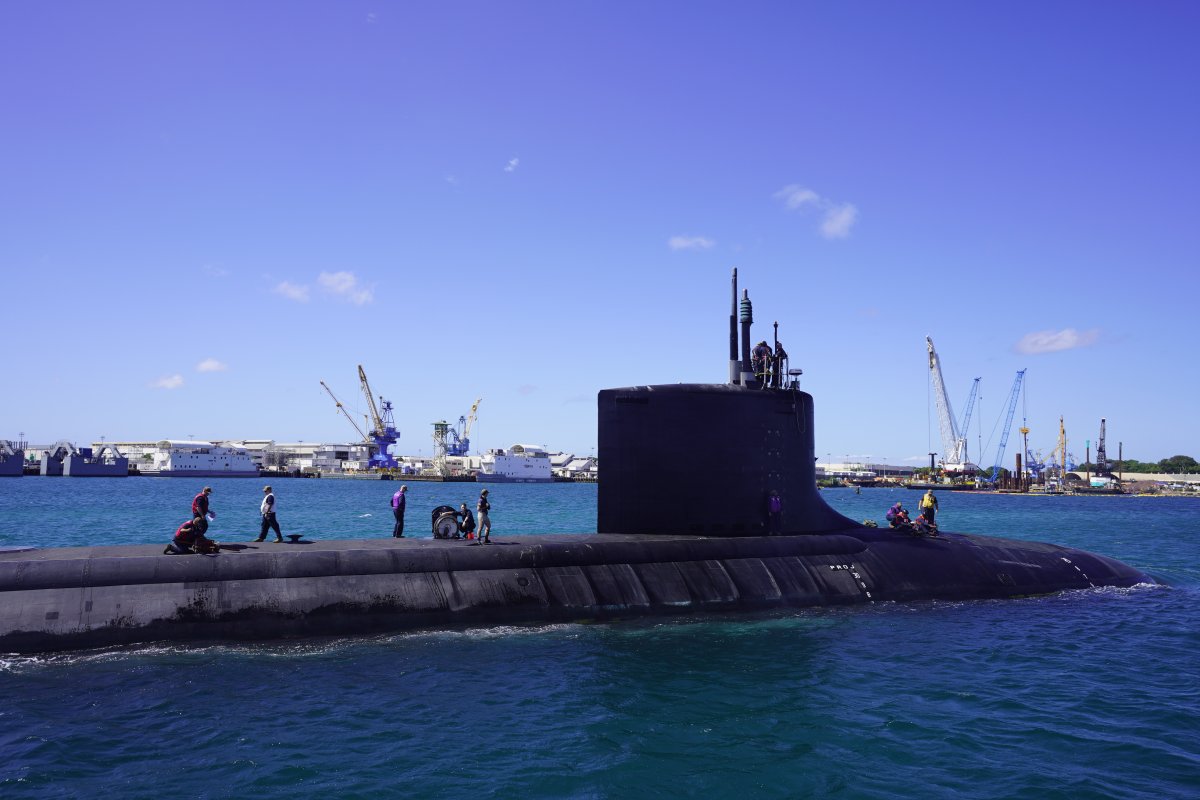
It will be the first boat of its class to operate permanently out of Guam, a move that "will add a next-generation attack submarine with advanced capabilities to the forward-deployed naval force," Moore told Newsweek.
"The Navy routinely assesses its overseas force positioning, to include forward-deployed naval force submarines homeported in Guam," he said. "We are committed to posturing our most capable platforms to preserve peace and stability in the Indo-Pacific region."
Guam, the westernmost point and territory of the United States, is 1,500-1,700 miles from the Taiwan Strait and the contested waters of the East and South China seas, making it an ideal staging area to project American sea power, albeit within range of Chinese intermediate-range ballistic missiles.
American attack submarines would expend their missiles and torpedoes fast during a war in the Indo-Pacific region, former Navy submariner Bryan Herrin told Newsweek.
"The strategic location of Guam has significant military importance for the U.S. Navy, so being able to forward deploy, maintain, and reload our most modern submarines there is critical," he said.
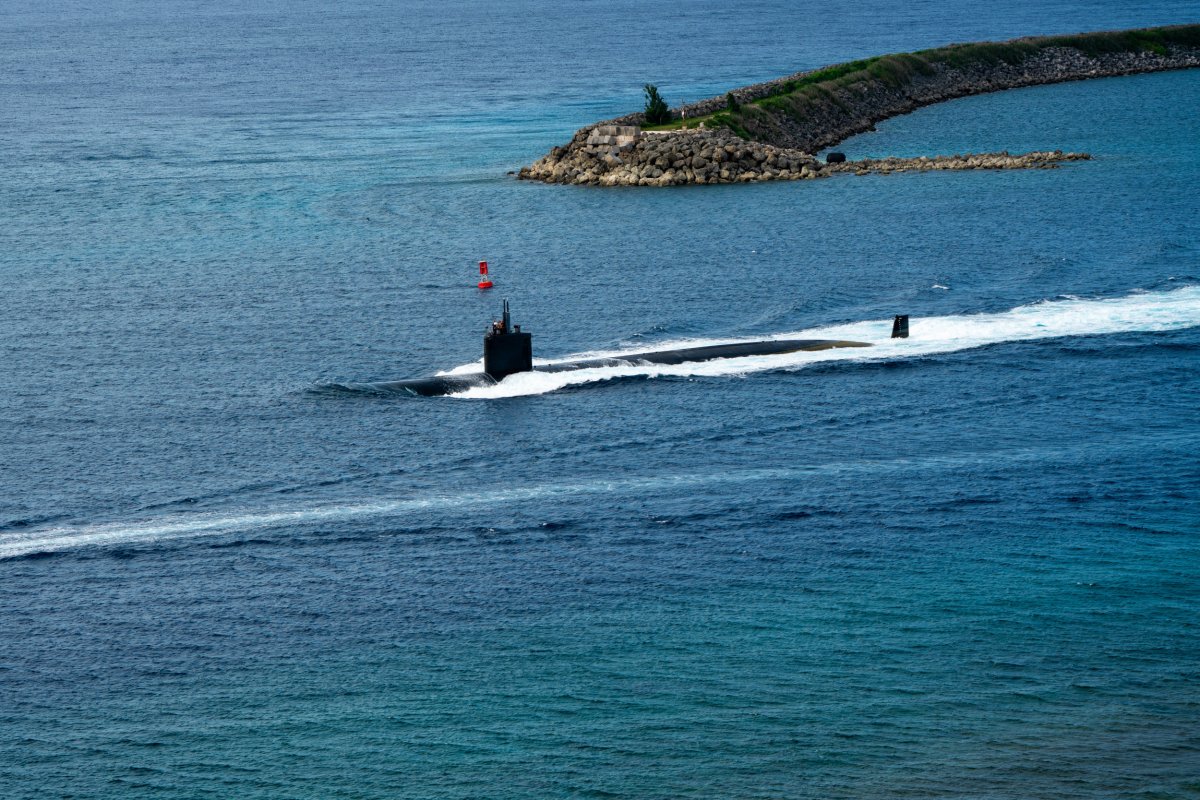
Pearl Harbor is about 2.5 times the distance.
New submarine tenders, ships that provide logistical support, should become a top priority, Herrin said, "as our newest one was commissioned 45 years ago." The Navy has two tenders, both in Guam, providing ordnance and maintenance support.
There are currently four submarines assigned to Submarine Squadron 15 at Naval Base Guam: USS Asheville, USS Jefferson City, USS Annapolis, and USS Springfield, all of the older generation Los Angeles class, which will be replaced by the Virginia class as they retire.
Moore did not say whether the number of Guam-based boats would be adjusted. The Pacific island is also home to Andersen Air Force Base and Marine Corps Base Camp Blaz.
"China is gravely concerned about the U.S. strengthening forward military deployment in the Asia-Pacific to seek unilateral military advantage," said Liu Pengyu, a spokesperson for the Chinese Embassy in Washington, D.C.
"We urge the U.S. to earnestly respect other countries' security concerns, stop provoking confrontation and escalating tensions, and concretely preserve peace and stability in the Indo-Pacific region," Liu told Newsweek.
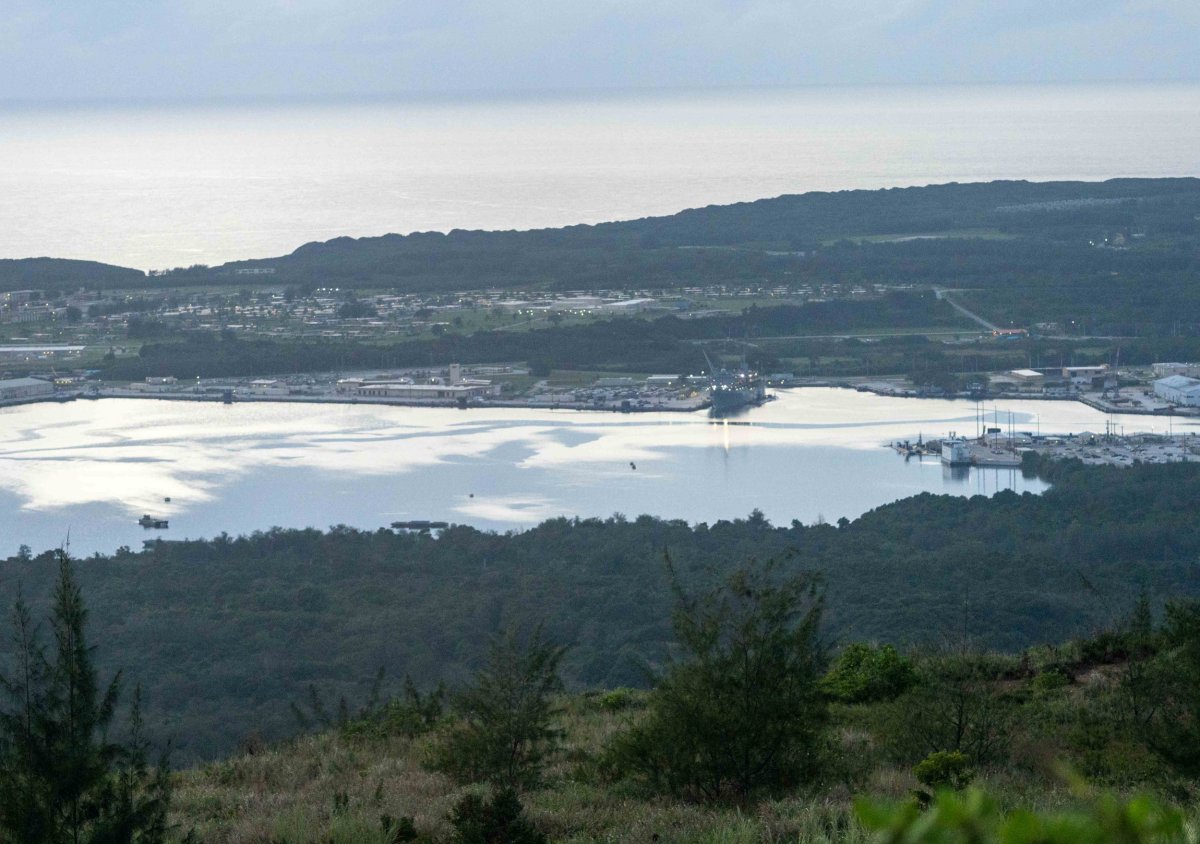
The decision to deploy the first Virginia-class hunter-killer to Guam was not a surprise, said Tom Shugart, a former Navy submarine commanding officer and an adjunct senior fellow at the Center for a New American Security, a Washington think tank.
"Eventually they will replace all of the Los Angeles-class boats, so it's only a matter of time for that to happen," Shugart told Newsweek.
"While I have a particular affection for the Los Angeles class, having served on three of them in my career, even I have to admit the Virginia class is just newer technology: modular construction, quieter, telescoping photonics masts, drive-by-wire, etc.," he said.
The Navy says the Virginia class "is designed to remain state-of-the-practice for its entire operational life through the rapid introduction of new systems and payloads."
The Minnesota, commissioned in fall 2013, last changed home ports in March 2022, when it switched from Groton, Connecticut, to Pearl Harbor.
About the writer
Ryan Chan is a Newsweek reporter based in Hong Kong, where he previously had over a decade of experience at ... Read more
